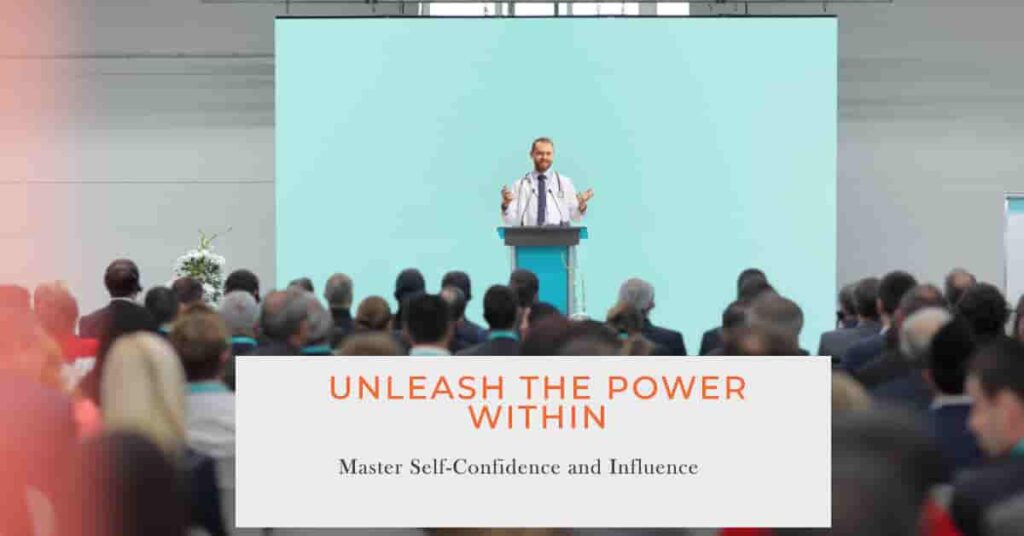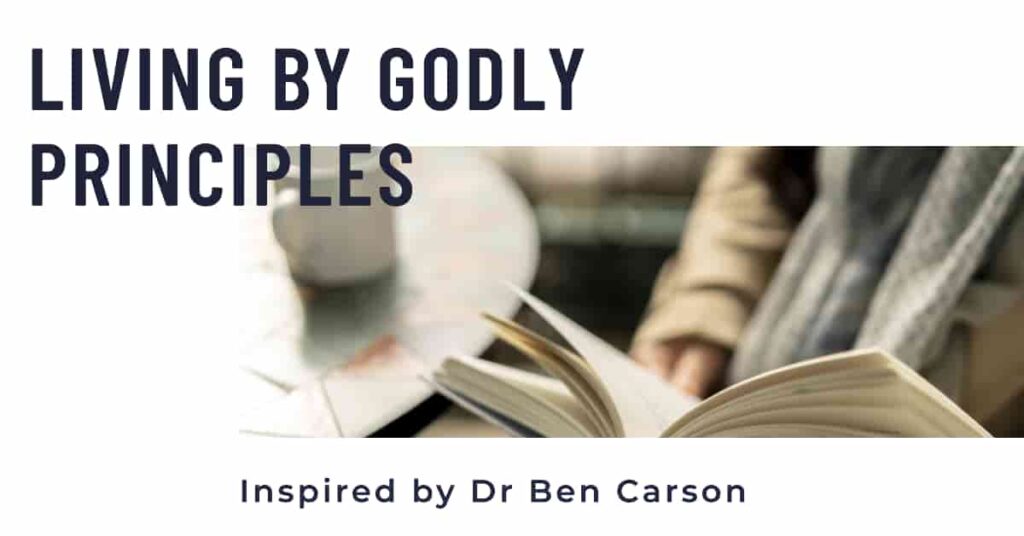Mastering The Art of Crucial Conversations by Joseph Grenny

Summarized By Samuel Valentine
Joseph Grenny started with the goal to find out what makes some people more effective than others. They discovered that the most outstanding leaders are able to influence the outcomes of difficult but vital conversations, without offending others. By following these leaders, observing how they handled such crucial conversations, developing and testing theories and tools, the authors developed the tips in his book titled Crucial Conversations: Tools for Talking when Stakes are High.
Three essential elements are present in critical conversations: high stakes, divergent opinions, and intense feelings. Even when they don’t include major problems, their results can nonetheless have an impact on our quality of life. For instance, a comment to your neighbor about their noisy, late-night parties might suddenly turn into a yelling match; before you know it, your two families are engaged in a “cold war,” and neither of them is happy. Sadly, when faced with critical conversations, we typically perform at our lowest level because the topics are significant to us and frequently personal. Our emotions take over, disliking reason, and things begin to become worse. Our perspectives, emotions, experiences, and beliefs all contribute to our “pool of meaning” when we join a conversation. When people have divergent viewpoints and interpretations, conflict results. Rather than participating in a positive and unrestricted dialogue, individuals could:
- Quit and withdraw.
- They are either violent and confrontational, or they hide their opinions out of fear of conflict, upsetting people, or appearing foolish.
- They either directly or indirectly impose their opinions on others (e.g., by making snide remarks, demeaning others, or by abusing power to enforce their beliefs).
Crucial Conversations offers a methodical approach and fundamental ideas for handling discussions involving two or more individuals when there are three key factors:
- divergent viewpoints
- high stakes
- intense emotions.
Some examples of crucial conversations are:
- Ending a relationship
- Confronting a loved one about a substance abuse problem
- Giving an unfavorable performance review
When we are faced with a crucial conversation, we often handle them in one of three ways:
- We avoid them
- We face them and handle them poorly
- We can face them and handle them well
I’ve never been one to shy away from disagreement or challenging talks. However, far too frequently, I have ended a conversation regretting my words or the method I had planned to address the situation. I frequently approached the important conversation head-on but performed miserably. But why are these vital discussions so significant? “Critical conversations – ones that we’re either not holding or not holding well – lie at the heart of almost all chronic problems in our organizations, our teams, and our relationships,” according to the book’s authors. Effective leaders, teammates, parents, and loved ones all possess the critical ability to handle emotionally and politically delicate situations with grace. I tend to agree with the Joseph, when they say that people who can handle important conversations ascend to the top. I know how important communication skills are to becoming a great leader.
Let us go over the guidelines provided in the book for handling important talks. There are seven principles to follow for any Crucial Conversation:
- Start with the Heart
Focus on what you really want out of the conversation and the relationship. Refuse the urge of deciding between outcome one or outcome two. Instead, focus on a win-win for both parties.
- Learn to Look
Look for when the conversation turns crucial and the other party begins to resort to silence or violence. Silence is when they retreat from dialogue and violence is when they begin to start to force their perspective into the Pool of Shared Meaning. The Pool of Shared Meaning is when “each of us enters a conversation with our own opinions, feeling, theories, and experiences about the topic. These make up our personal pool of meaning. When two or more people enter a crucial conversation, we build a pool of shared meaning—the more we add of each person’s meaning, the more information is available to everyone involved and the better the decisions made.” It’s easy for the person being critiqued to resort to silence or to violence. Individuals who dislike conflict will often retreat from dialogue. Individuals who dislike criticism (even if it is constructive and with good intent) will sometimes resort to violence.
- Make It Safe
When the other party no longer feels safe in the dialogue, find ways to restore safety. Start with a simple apology. Always remember to maintain mutual purpose and mutual respect in dialogue.
- Master My Stories
Distinguish facts from fiction. While stories can muddy the waters of shared meaning, facts help us fill them. Though they originate from our feelings and our responses to the underlying facts and specifics of our stories, our stories are significant nonetheless.
- State My Path
Give your facts. Share your narrative. Query the ways of others. Speak incoherently. and promote testing. Before you talk about how it makes you feel, concentrate on the true root causes.
- Explore Others’ Paths
Ask the other person for information in a proactive manner. Make sure they get the chance to state their course, reach a consensus when needed, and prevent needless conflict.
- Move to Action
Decide together how to proceed. Keep a record of the discussions and schedule a follow-up meeting. If the issue is not resolved, arrange another time to speak. It’s important for both sides to come to a consensus on how Jonathan can accomplish his objectives. In order to assess future performance, Daniel and Jonathan should lastly schedule a follow-up meeting.



